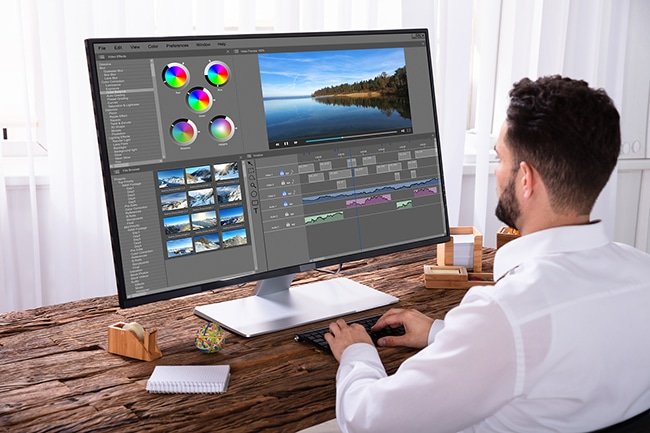
An Ultimate Guide to Membrane Filters
Membrane filters are useful in many ways. Their chemical and physical characteristics make them suitable across several industrial applications. They are constructed using a wide variety of synthetic materials. The most commonly used materials include Teflon, nylon cellulose acetate and collodion. You can easily get membrane filter cartridges from a reliable supplier but it is highly recommended that you avoid those with polycarbonate filters. You should focus on membrane filters that form a highly complex network of integrated channels.
You should also avoid filters with pores that have a small surface area, especially when selecting membrane filters for filtration. In contrast, get membrane filter cartridgesthat have fillers with at least 50-80% filtering surface. This ensures that they have a better flow rate for a particular pore size.
Types of Filtration
There are two main types of filtration namely
- Cross-flow/tangential filtration
- Dead-end filtration
Cross-flow/Tangential Filtration
This type of filtration mostly uses membrane filters rather than depth filters. This is mainly because membrane filters tend to have pores with a smaller diameter and therefore their flow rate is a bit slow. As a result, the filter holders are positioned in such a way that they are in direct contact with the liquid. The flow of the liquid is therefore parallel to the filter holder, this parallel flow is referred to as cross-flow or tangential filtration.
During the process, the flow of liquid prevents the sieved materials from accumulating on the membrane leading to a situation known as plugging. A system known as fouling can be used to come up with a better surface layer that allows the collection of different cell constituents including microbes, polyphenolics, and groups of polysaccharides. It is also important to watch out for membrane polarity of your filters as it can impact the quality of your finished product. Dead-end filtration, on the other hand, is the convention filtration process.
Applications for Membrane Filtration
Due to their versatility, membrane filters are used for different industrial applications including:
Microfiltration
Microfiltration is an elaborate process that has been extensively used to sterilise wine. Some membrane filters are made using polypropylene which is not reactive with many chemical reagents. Therefore, it is most suitable for a process such as microfiltration of wine since they cannot modify the flavor of the wine as the case with pasteurisation. Their suitability can also be attributed to their ideal pore size which is within the 0.3 and 0.2 micrometers range compared to the conventional pore size of 0.45 micrometers.
Besides their wide application in the wine business, microfiltration membranes also have a wide scope of application in other industries including medicine. Characteristics that make them suitable for application in the medical industry include the ability to retain particles according to predetermined pore size as well as their affinity to filter different materials from the solute. Therefore, making them suitable for sterile filtration which includes,
- Microbiological analysis and investigation
- Dialysis
- Filtration of HPLC solvent and sample preparation
- Purification and classification of different fluids
- Particle control and gas filtration
Bioseparation of Proteins
Membrane filters have also been widely used in protein sterilisation and clarification. Their suitability can be attributed to two main factors.
- Proteins are capable to adsorb to solid-liquid interfaces
- Membranes have a suitable filtration area of about 500 square centimeters.
Unfortunately, adsorptive losses of proteins can occur during the process. However, manufacturers have come up with a great solution to this problem. They are effectively using polymeric membranes which can significantly reduce the protein adsorption process.
Ultrafiltration
Industrial application of membrane filters includes ultrafiltration which is used to stabilise wines.
The stabilisation process includes the expulsion of unwanted colloidal materials. Therefore, ultrafiltration is essentially used to expel unwanted pigments including mannoproteins and tannins. However, unlike the microfiltration process, ultrafiltration has only been used to a limited extent. Although its application with red wine is considered effective, its application on white wine doesn’t seem to produce favorable results.
Important Factors to Consider When Purchasing Filtration Membranes
- The pore size of the filtration membrane
- You should carefully consider the pore size of the filter alongside the size of the particles of the solute. This criterion is used to determine particle inclusion and exclusion.
- Chemical properties of the gas or fluid being filtered.
- Flow rate
- The flow rate you choose will depend on the volume of the solute. Large quantities of solute require high filtration rates to save on time.
- The hydrophilicity of the membrane
- Different materials have varying hydrophobicity or wetting properties. Their chemical compatibility also varies depending on the fluid or gas being filtered.
- Grid Pattern of the membrane
- This should vary depending on the application requirement. However, gridded patterns are highly recommended for bacterial water analysis.
- The temperature of the filtrate.
- Pressure tolerance and retention rates
- Refractive index of the membrane
- Other mechanical properties.





